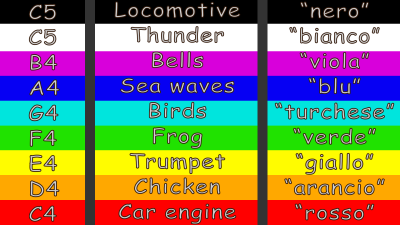To every gadget, tool, or toy, you can reasonably think: ‘Sure I could buy this… but can I make it myself?’ And that’s where [Ben] decided he could, and got to work. On a sea scooter, to be exact.
This sea scooter was to be a fully waterproof, hermetically sealed 3D-printed underwater personal propulsion device, with the extreme constraint that the entire hull and mechanical interfaces are printed in one go. No post-printing holes for shafts, connectors, or seals. It also meant [Ben] needed to embed all electronics, motor, magnetic gearbox, custom battery pack, wireless charging, and non-contact magnetic control system inside the print during the actual print process.
As [Ben] explains, both Bluetooth and WiFi ranges are laughable once underwater. He elegantly solves this with a reed-switch-based magnetic control system. The non-contact magnetic drive avoids shaft penetrations entirely. Power comes from a custom 8S LiFePO₄ pack, charged wirelessly through the hull. Lastly, everything’s wrapped in epoxy to make it as watertight as a real submarine.
The whole trick of ‘print-in-place’ is that [Ben] pauses the builder mid-print, and drops in each subsystem like a secret ingredient. Continuing, he tweaks the printer’s Z-offset, and onwards it goes. It’s tense, high-stakes work; a 14-hour print where one nozzle crash means binning hundreds of dollars’ worth of embedded components.
Still, [Ben] took the chance, and delivered a cool, fully packed and fully working sea scooter. Comment below to discuss the possibilities of building one yourself.
Continue reading “Watertight And Wireless In One Go: The DIY Sea Scooter”

![[Ben] at workbench with 3D-printed sea scooter](https://hackaday.com/wp-content/uploads/2025/08/sea-scooter-1200.jpg?w=600&h=450)

















